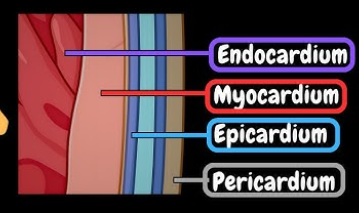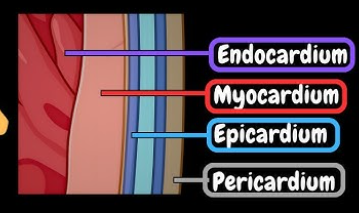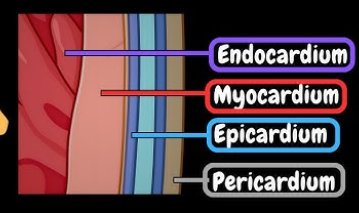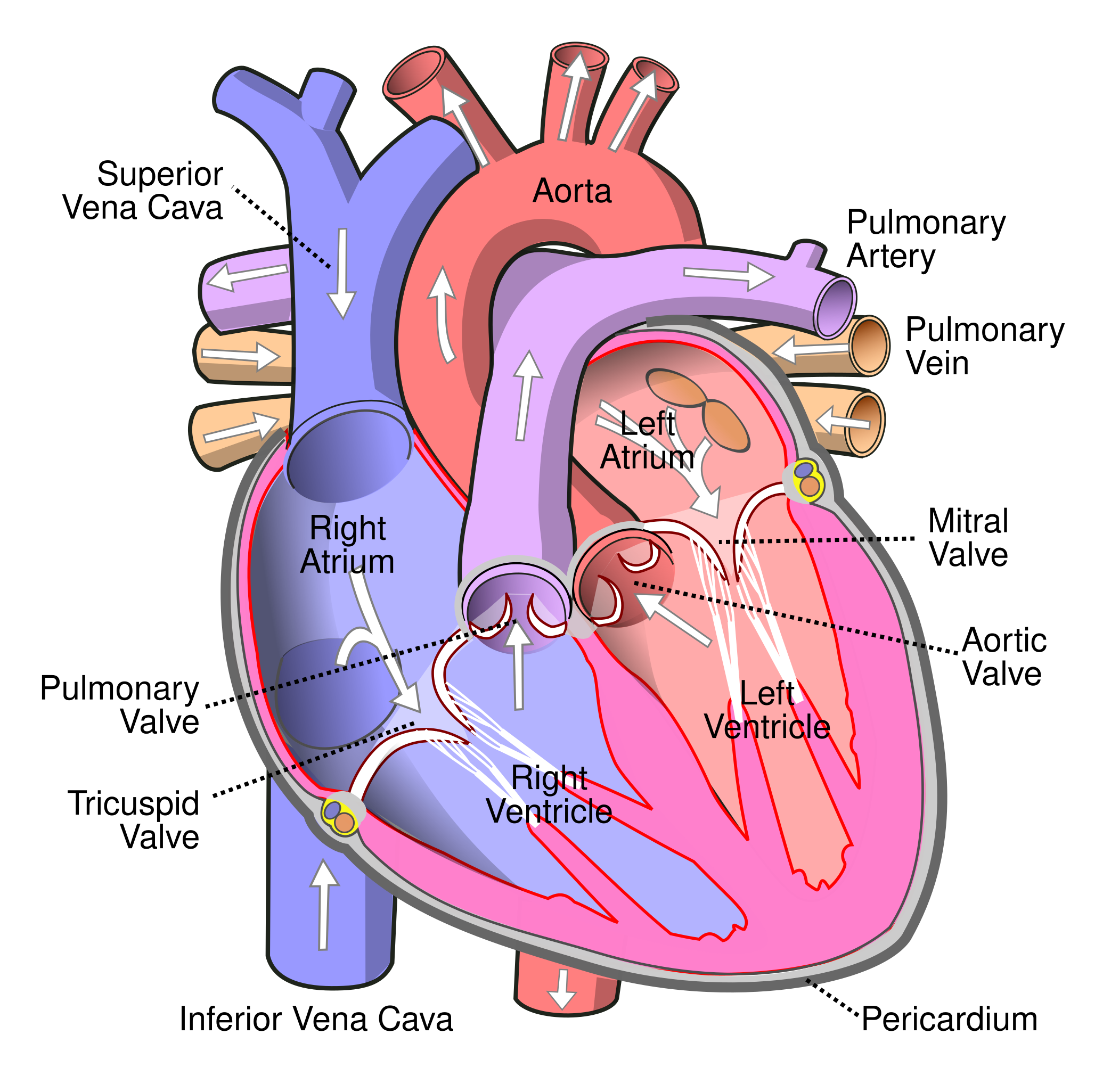Allied Health - Unit 5: Cardiac Test Review
1/27
There's no tags or description
Looks like no tags are added yet.
Name | Mastery | Learn | Test | Matching | Spaced |
|---|
No study sessions yet.
28 Terms
angi/o
blood or lymph vessel
aort/o
aorta
arteri/o
artery
ather/o
Plaque, fatty substance
brady
slow
cardi/o
heart
-crasia
A mixture or blending
-emia
Blood, blood condition
erythr/o
red
hem/o, hemat/o
Blood, relating to the blood
leuk/o
white
phleb/o
vein
tachy
Fast, rapid
thromb/o
clot
ven
Vein
Heart
receives blood from the veins and pumps blood into the arteries
Blood vessels
transports blood to and from all areas of the body
Arteries
transport blood AWAY from the heart to all parts of the body
Veins
return blood from all body parts TO the heart
Capillaries
permit exchange of nutrients and waste products between blood and the cells
Blood
brings oxygen and nutrients to the cells and carries away waste
Veins
Has valves, thinner muscular walls, carries deoxygentated blood to the heart
Arteries
No valves, thicker muscular walls to control blood pressure, carries oxygenated blood to the rest of the body

Epicardium
external layer of the heart

Myocardium
middle and thickest of the heart’s three layers, special muscle tissue capable of constant contraction and relaxation, creates the muscle movement needed to pump blood.

Endocardium
inner lining of the heart, comes into direct contact with the blood

Blood flow diagram (dexoygentaed blood)
vena cava, right atrium, tricuspid valve, right ventricle, pulmonary valve, pulmonary arteries —→ to lungs

Blood flow diagram (oxygentaed blood)
lungs, pulmonary veins, left artium, bicuspid valve, left ventricle, aortic valve, aorta —> to the rest of the body